As International Dawn Chorus Day approaches, on Sunday May 1st, this article reflects on some of the birds that may enliven our environment in Balham.

Spring is the time when birdsong reaches its peak, though some of our resident species have already been singing for months – Song Thrushes started to sing in December, and Robins sing all year round – particularly if they have a street light in their territory. Light is one of the key factors that triggers birds to sing, and Robins are especially susceptible to the effect of artificial light sources.
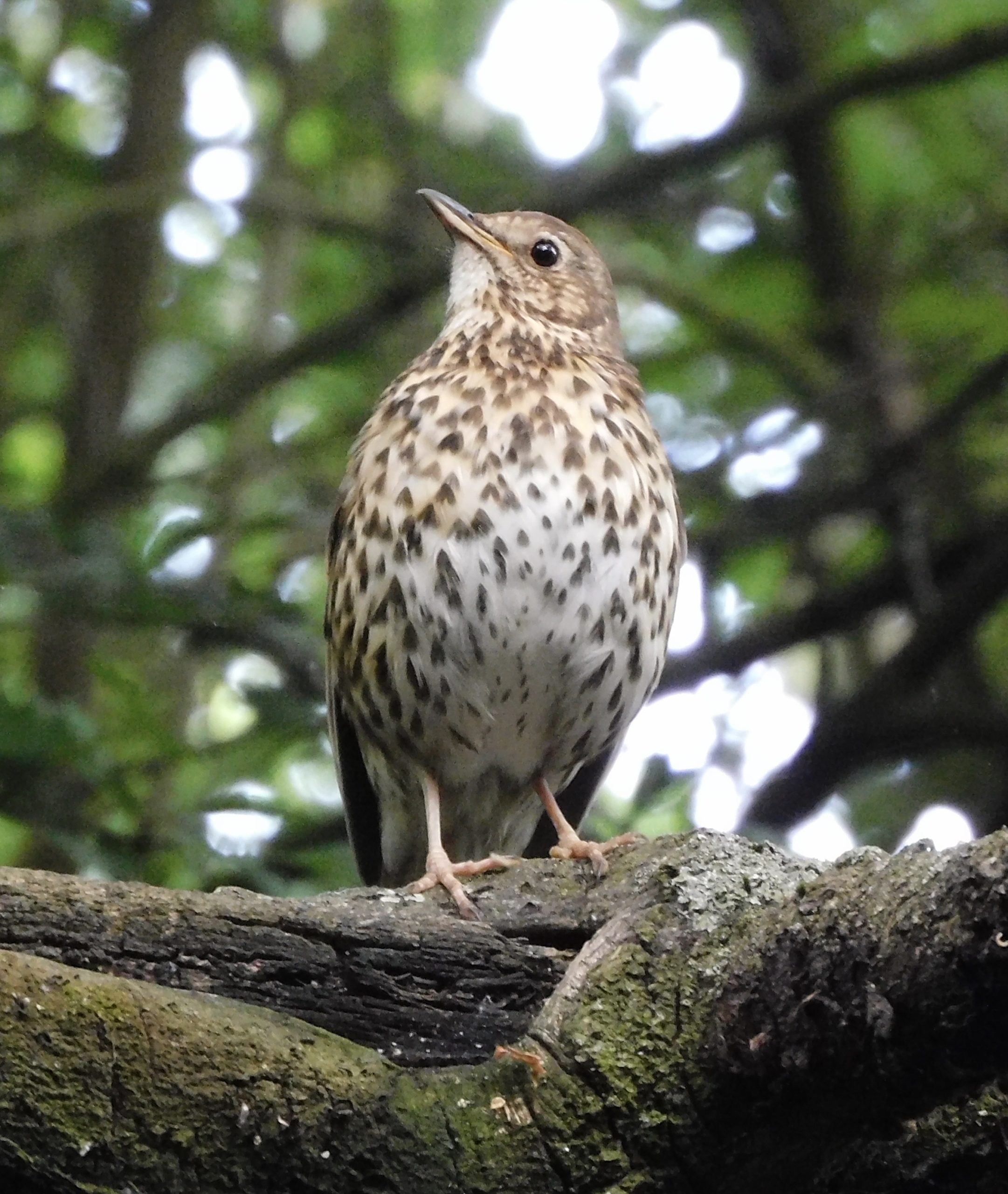

I lead occasional walks for the Friends of Wandsworth Common, looking at and listening to, the birds on the Common. One of the questions that I am asked most frequently is how to identify birds by their songs and calls. There’s no easy answer to this, as an individual’s experience of birdsong is very subjective: one person’s tuneful melody is another person’s raucous squawking. And different individual birds do sing differently – some species will try to impress their prospective partners by incorporating copies of other birds’ songs, or noises that they hear from their environment. Starlings are extremely good at imitating other sounds, and can successfully copy ringtones, car alarms and other noises in their chattering songs. The buildings on the corners opposite Waitrose are a good place to hear them!
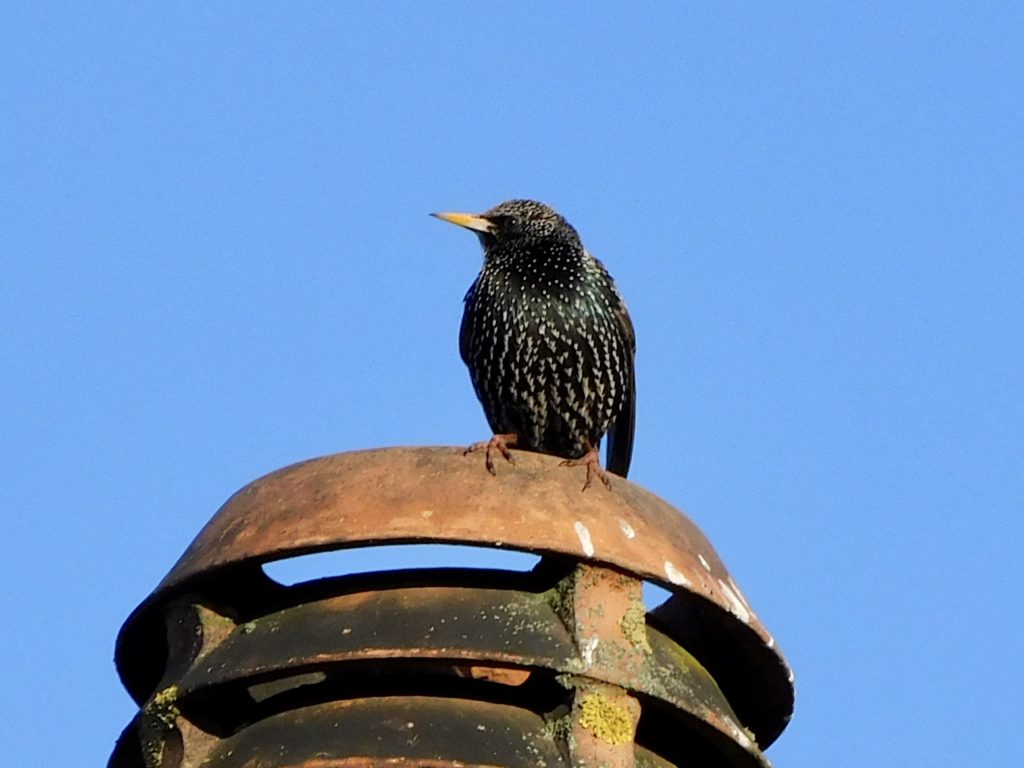
Other birds that can be heard locally include the Wren – a little bird with a big voice, that fires off like a machine gun–and the outwardly unassuming Dunnock (whose private lives are extremely racy), with a song sounding like a shopping trolley with a squeaky wheel. To me, a Robin’s song does tend to validate Michael Jackson’s ornithological masterwork, Rockin’ Robin (does anyone remember the original version by Bobby Day?), in singing “Twiddley dee, twiddley diddley dee”, while the Song Thrush does indeed tend to sing each song twice (or, indeed, three times) over, as Robert Browning noted while thinking abroad. Interestingly, urban Blackbirds are now tending to follow Paul McCartney’s observation in singing in the dead of night – a relatively recent development, possibly reflecting the need to find a quiet time to sing when they are more likely to be heard, rather than compete with daytime traffic noise. Typically, birdsong reaches its peak in the hour or so before and after dawn, and keen birders may be up at 4 a.m. on Dawn Chorus day to appreciate the volume of birdsong as it develops to its peak. But an alternative is just to open a window and hear what’s going on.
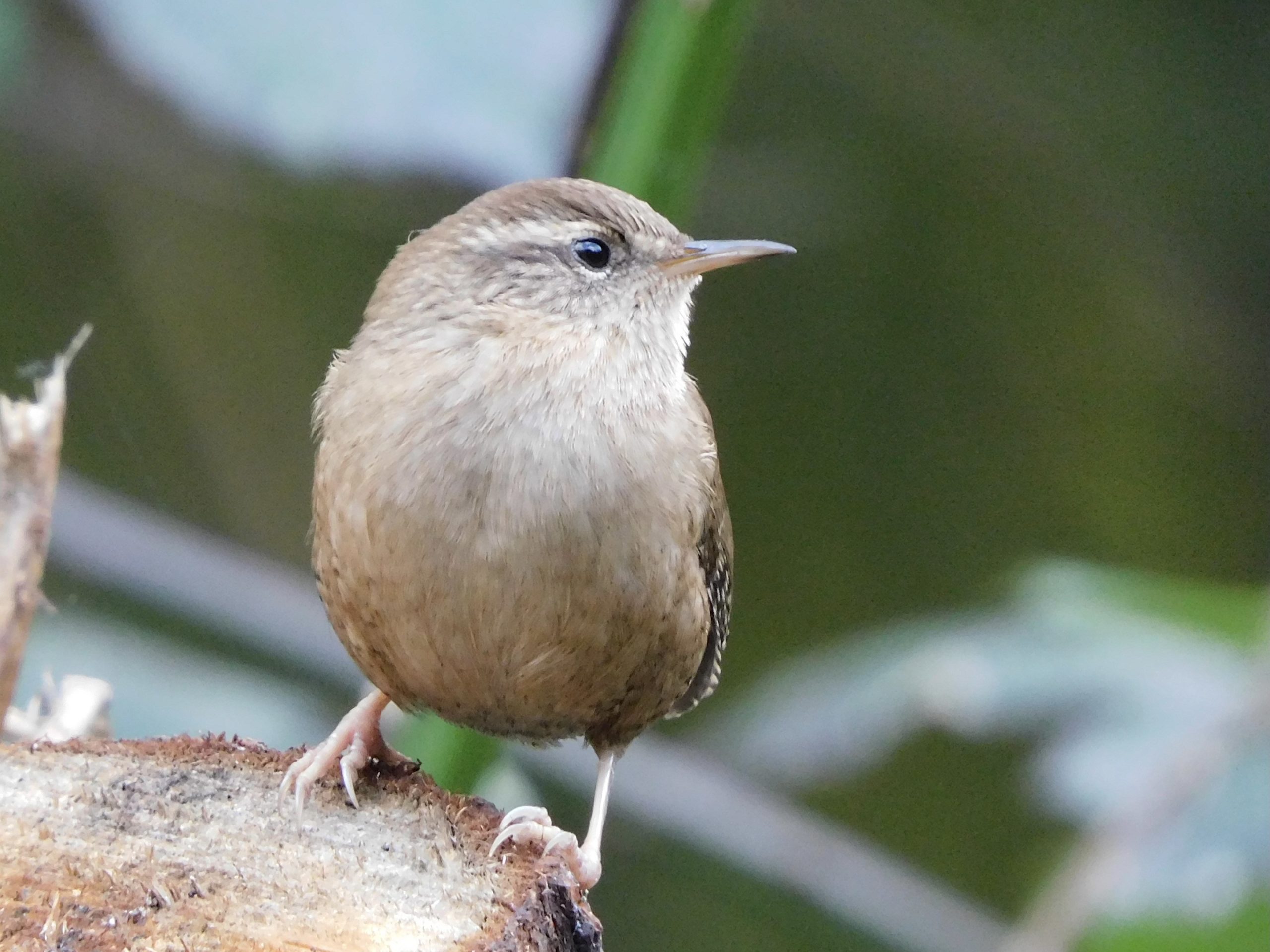
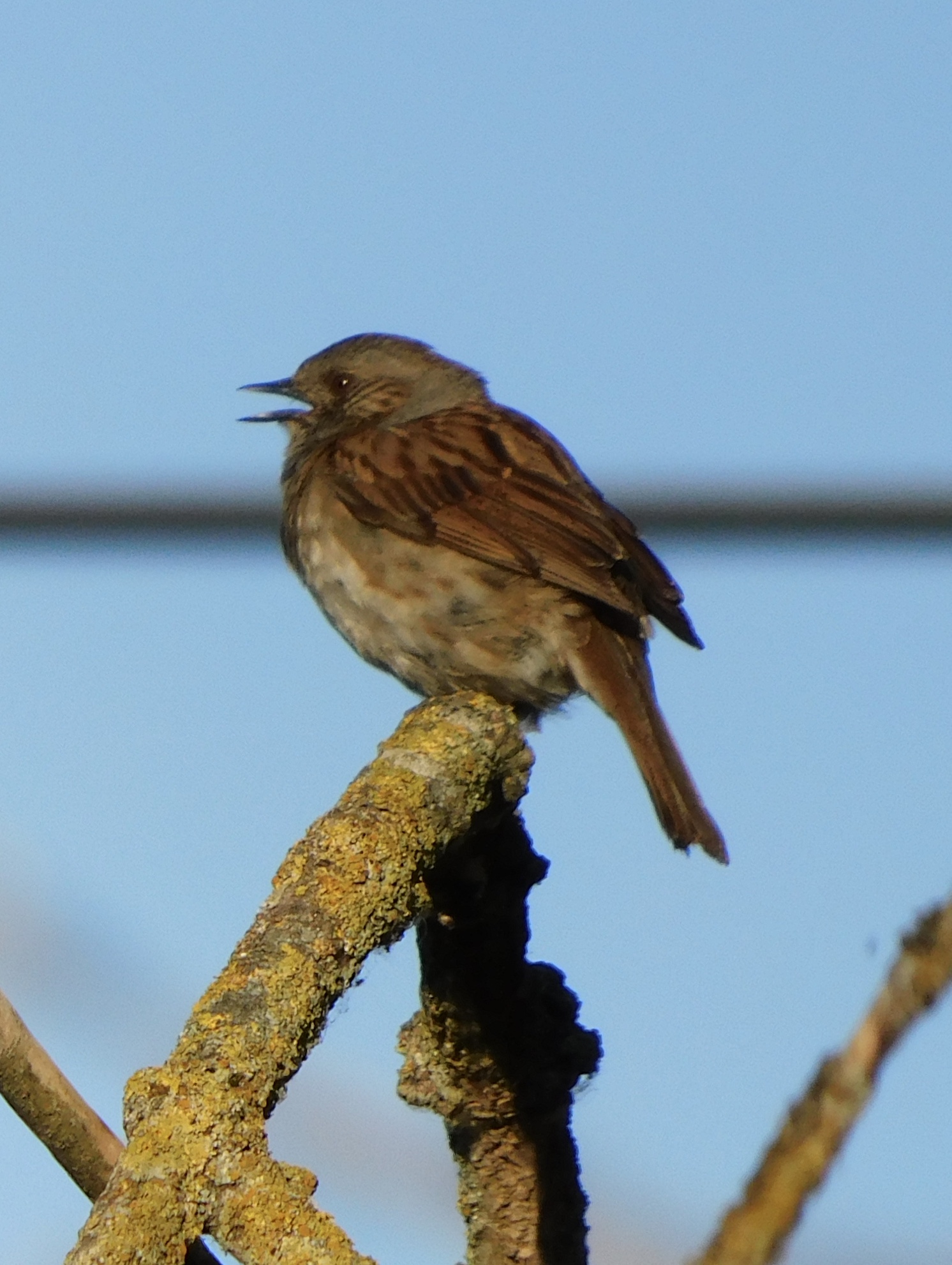
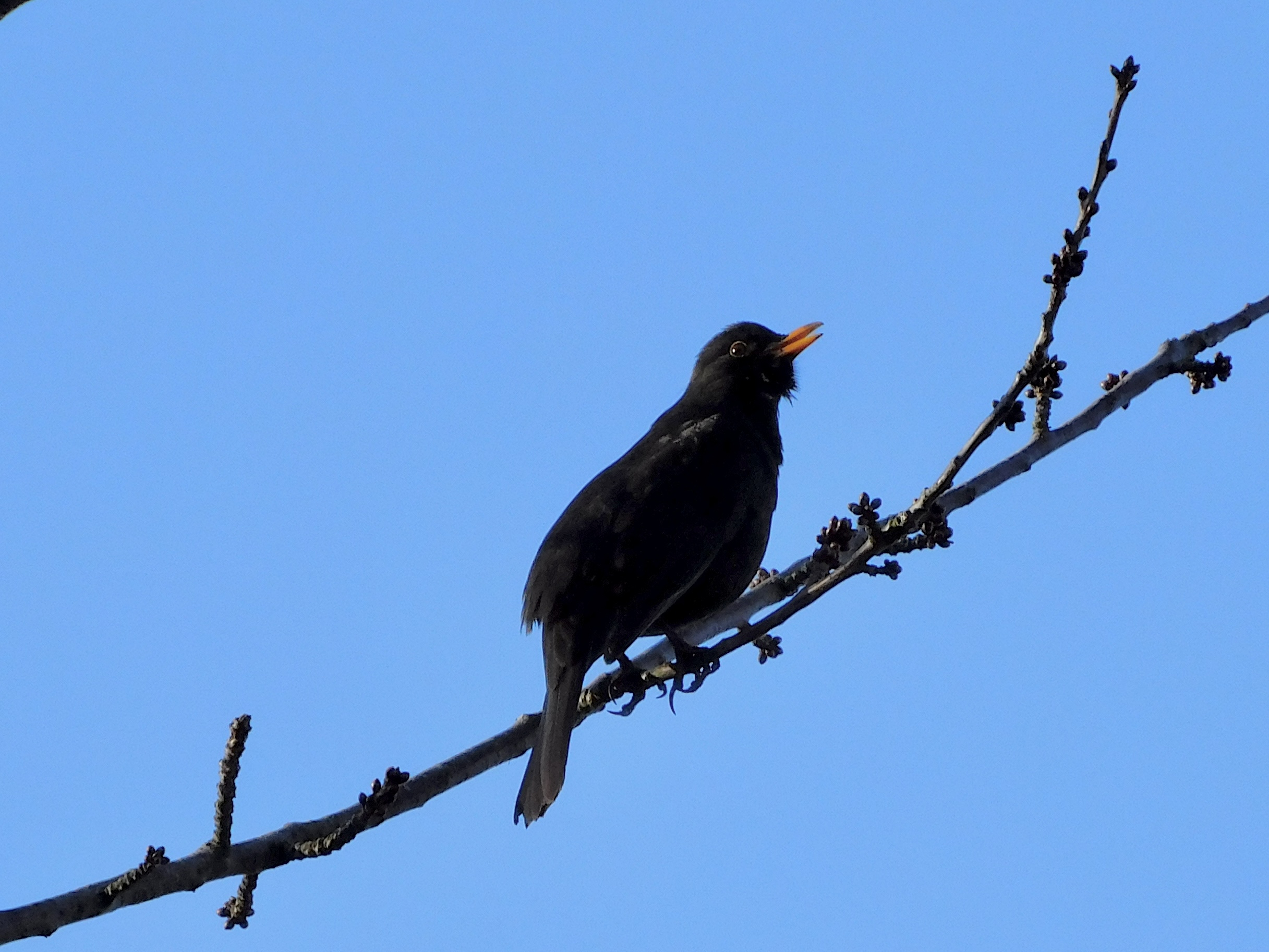
In order to enjoy birdsong, one doesn’t need to identify which bird is making the sound. Birdsong has been around, it’s thought, for about fifty million years! Birdsong has been here for much longer than humans, and it is believed to have originated in Australia. Birdsong has been shown by various studies to have relaxing properties for the human listener and to have potential benefits for our mental health. Various theories have been put forward to explain this – one is that, if birds were singing it meant that they didn’t perceive a threat, and this enabled our ancestors to feel a bit more relaxed! Who knows whether that’s right, but in any case it is worth taking a moment or two to listen and enjoy.
Article by Nick Rutter, Wandsworth Common Bird Walk Guide and a Friend of Wandsworth Common
If you want to write to us and have your own blog post & thoughts placed on this website to help others, please reach out to us via our Contact Us page!
